The CN Tower doesn't look so imposing when seen looking west from Ashbridge's Bay at sunset. © BCP 2010
Today we finally came out of a long stretch of the greyest, most dreary weather I can remember having in some time. And this at a time when we in the frozen east have been seeing glorious pictures of the sun splitting the stones at Whistler, where many of the Vancouver 2010 Olympics are being held. They’re having brilliant sunny skies, producing the kind of light that makes the deep snow covering the forests of Douglas firs on the mountainside seem like a sparkling of diamonds on top of heaps of emeralds.
Here in the Big Smoke, we’ll never have quite that stunning, majestic mountain scenery, but we look for beauty where we find it, eh? And this afternoon, there was beauty to be found in the sunset, no doubt.
The picture above was taken around 6 p.m. (I waited until after the sun actually set over the horizon to avoid getting flare in the shot.) And although it looks benign enough, it was actually hellaciously cold, with a very sharp breeze.
Shortly before the sun disappeared, I walked around what the runners call “The Peanut,” the loop at the far end of the narrow peninsula that forms the tip of Ashbridge’s Bay Park.
Russian olive near the tip of "The Peanut" at Ashbridge's Bay with the pink light of the soon-to-set sun upon it. © BCP 2010
I particularly liked how the dying sun shed its pink light on the Russian olive tree at the end of the park. Gnarly! Earlier in the evening, I walked down the little side path that goes out to a dead end, and spent some time watching the ducks.
Male long-tailed ducks. © BCP 2010
There was a flotilla of long-tails making a huge racket, and there was definitely some very show-offy behaviour going on….Could there have been a bit of courting going on?
The big excitement for me, however, was a brief glimpse of a duck I don’t see much at the bay — the red-breasted merganser (Mergus serrator.) I saw at least one male and possible two females. With its crazy hair-do, this migratory diving duck looks like a web-footed clown that got lost on the way to the party. Quite a thrill to see. There have been a few pairs of American mergansers around all winter, but this is the first time this winter I’ve seen the red-breasted species. Another very shy bird that stays quite far out in the lake, making it impossible to get a detailed picture, even with a long lens. Maybe I’ll get lucky another day and this duck will make a closer pass towards shore.
A poplar glows red in the late afternoon light of a wintry February day. © BCP 2010
Turning 90 degrees from where the long-tails and mergansers were swimming, I came across a tree that I usually admire in the fall, when its leaves turn a spectacularly rich golden colour. It’s an eastern cottonwood (Populus deltoides deltoides), one of the largest North American hardwood trees. This tree is a lone wild specimen that I think just grew from a seed that managed to germinate in the rough ground of the manmade (read made of concrete chunks) peninsula. I will try to remember to take a photo of this tree when it is wearing its fall finery. It’s something special to behold. Amazing what Mother Nature can do with a heap of concrete slabs.
Soon the buds on this tree will be swelling. If memory serves, they start to get noticeably bigger in March. Another sign spring can’t be too far away. In the meantime, we had — at least for today — a brilliant dose of sunshine to keep us going.
© BCP 2010

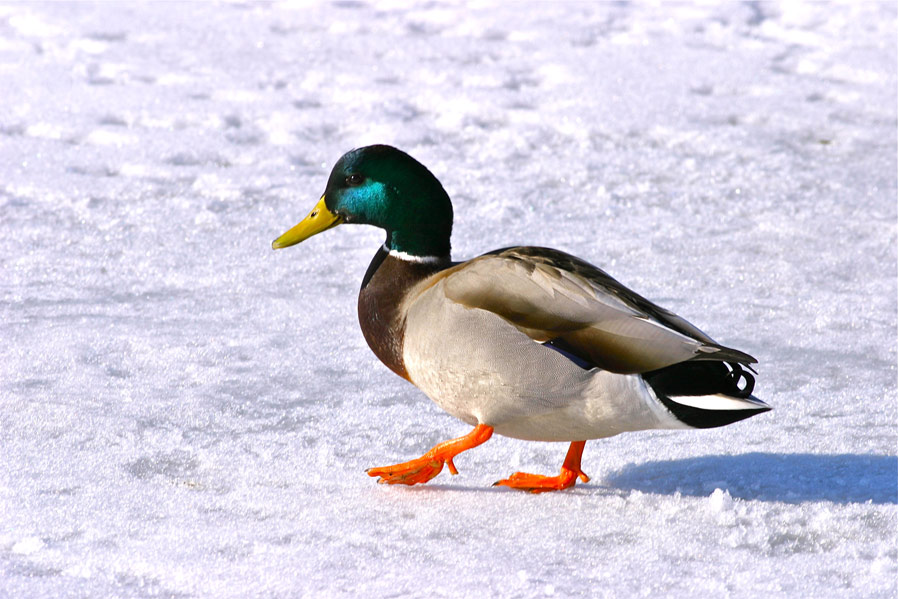

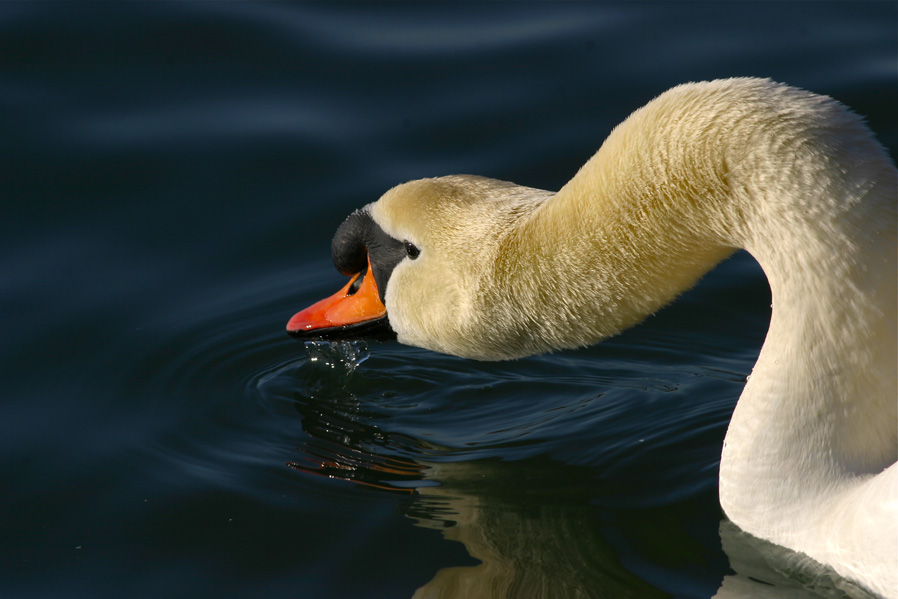
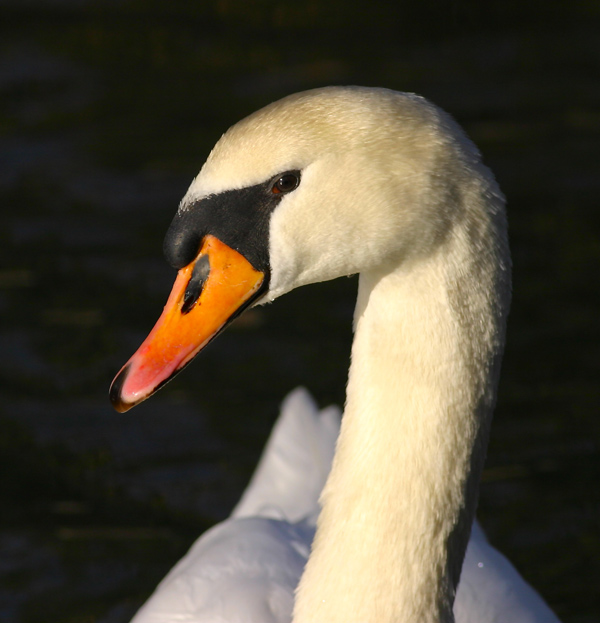
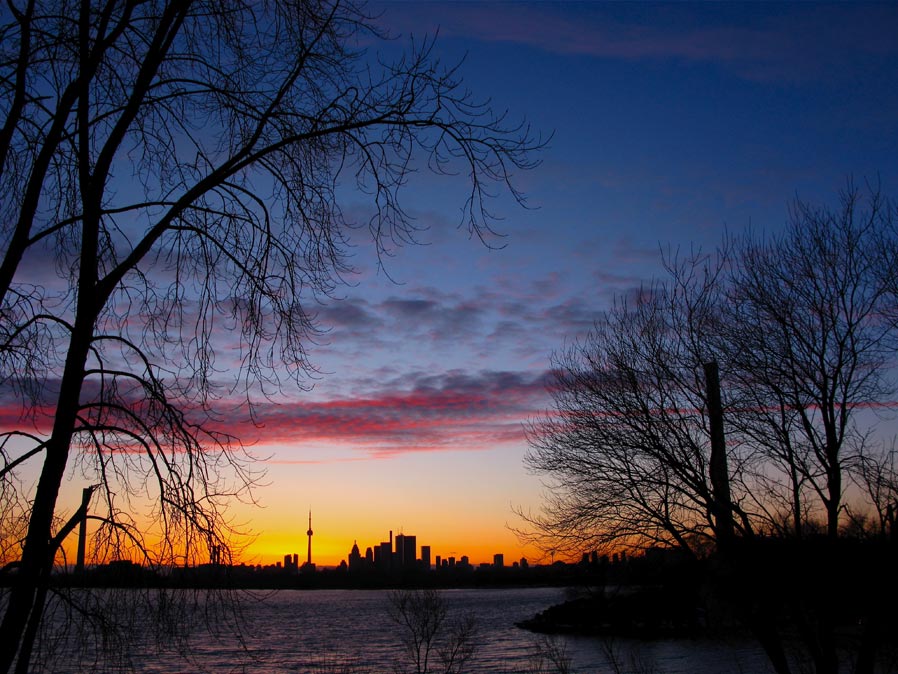
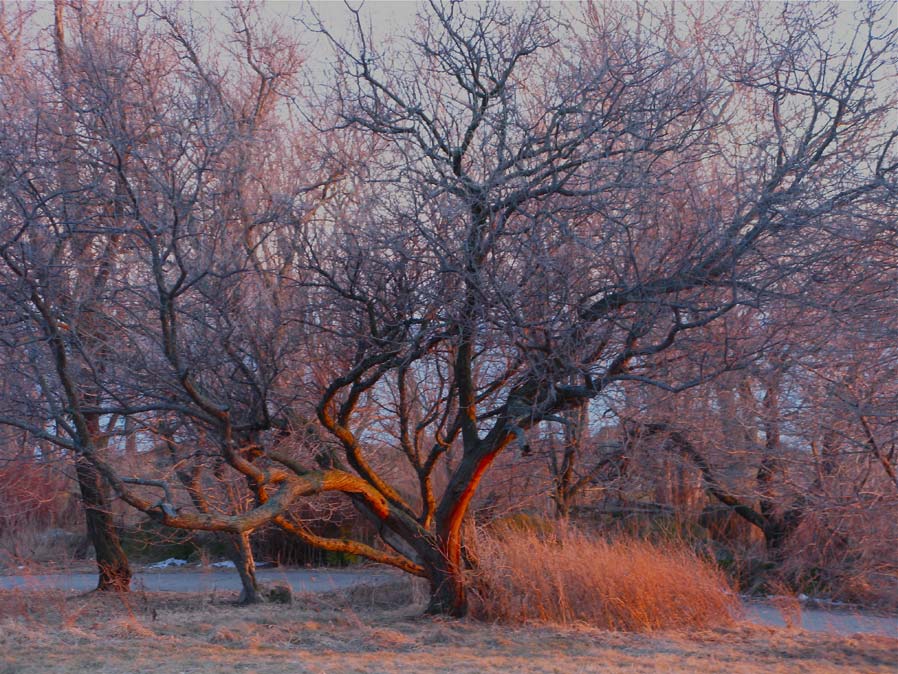
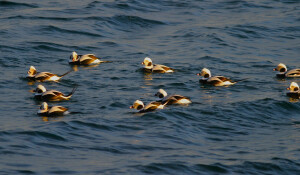
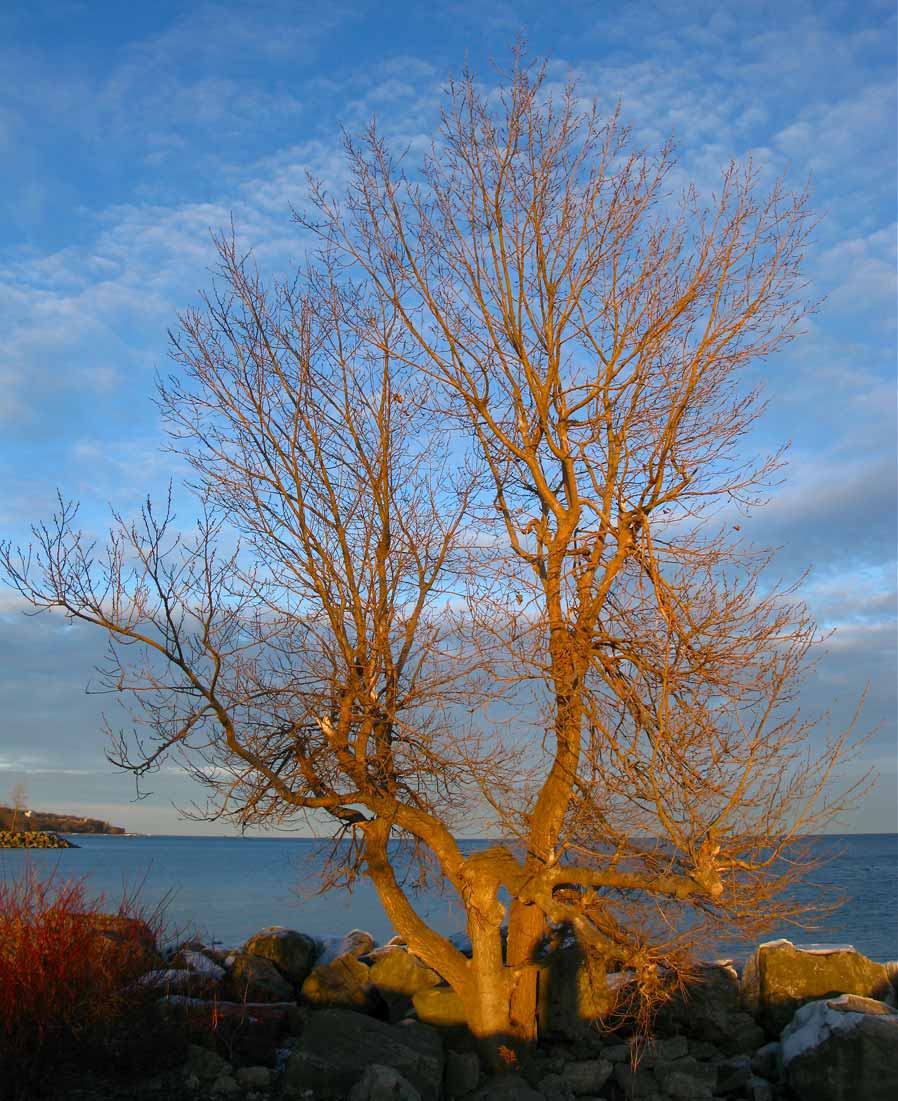
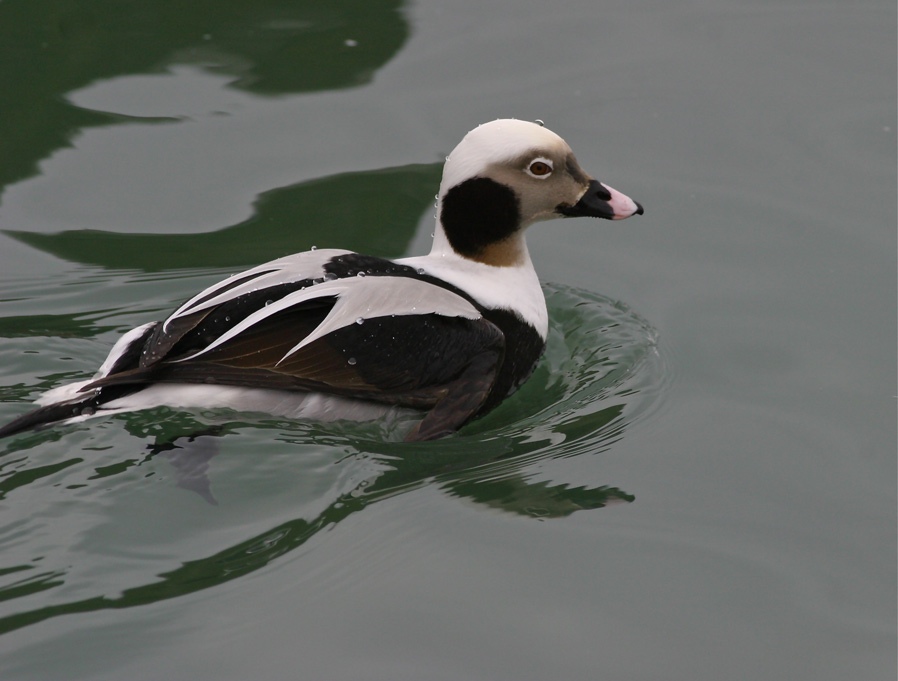
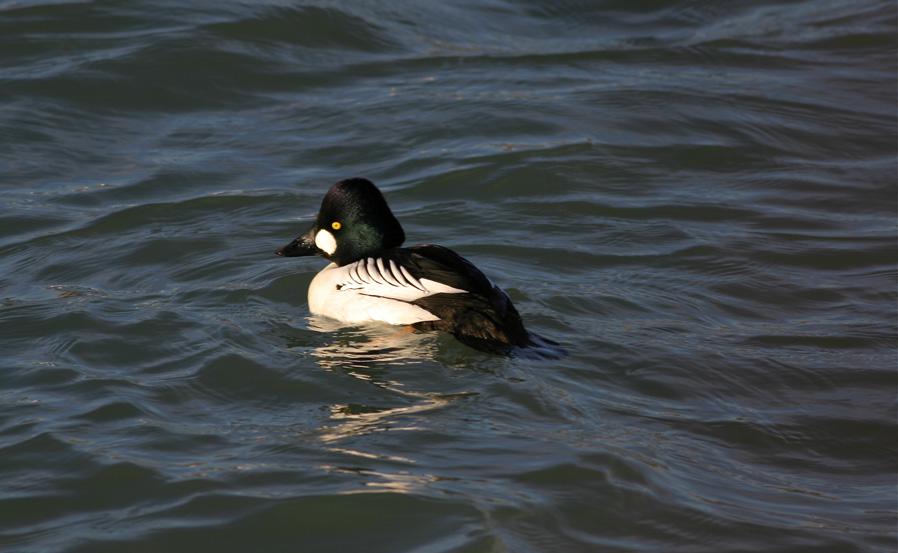

no comments